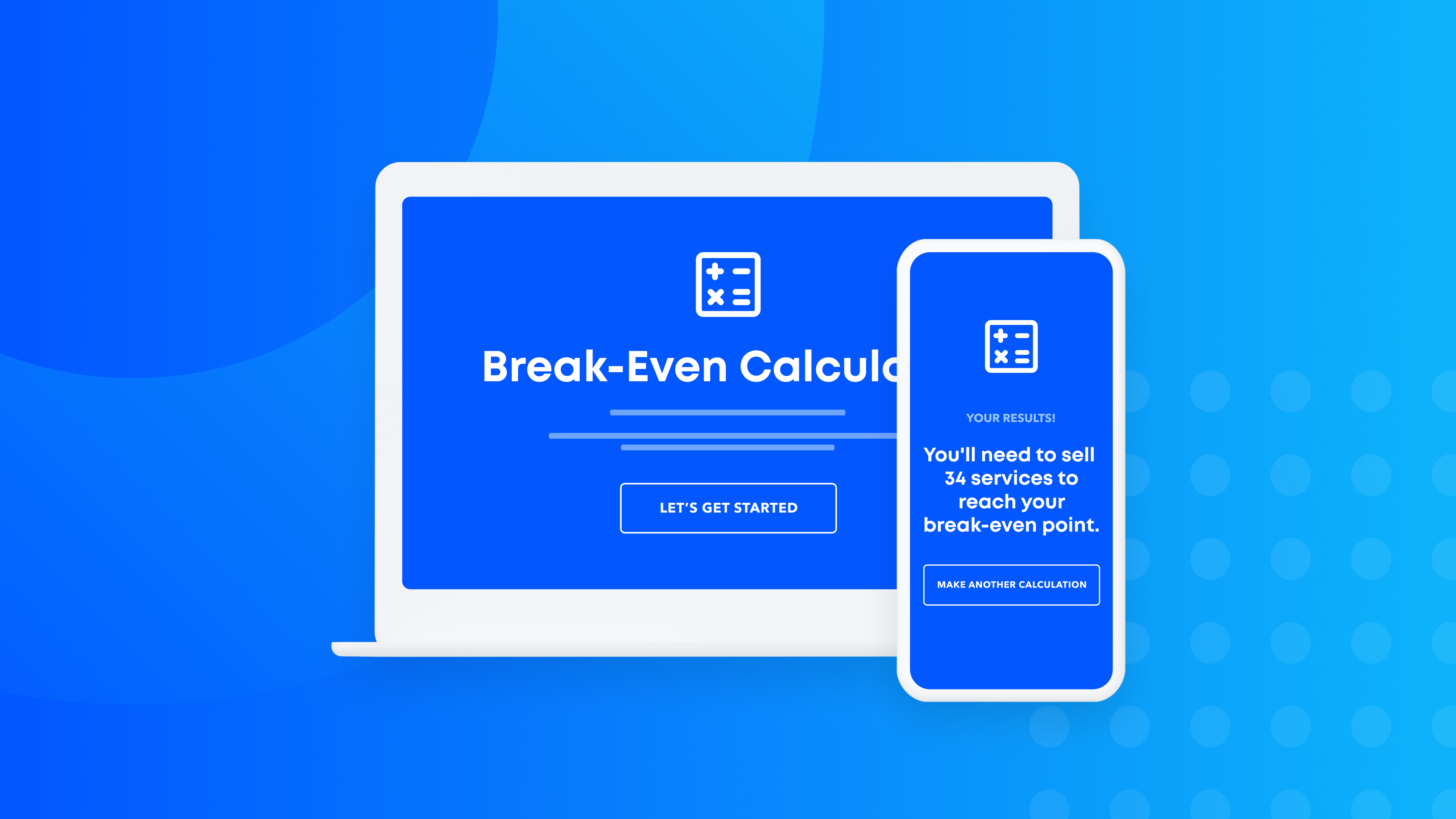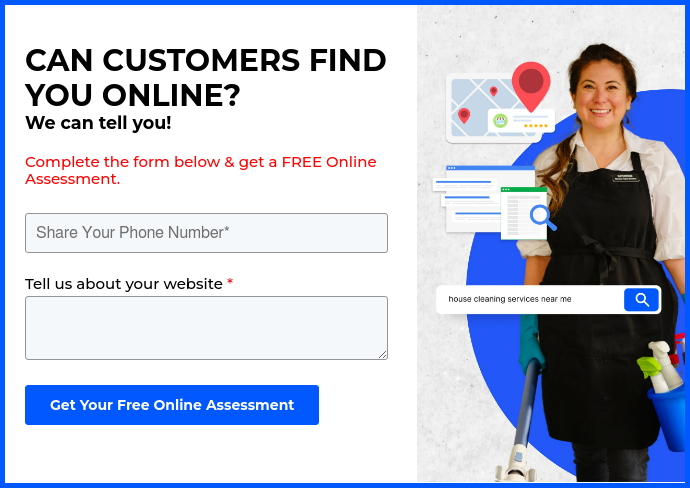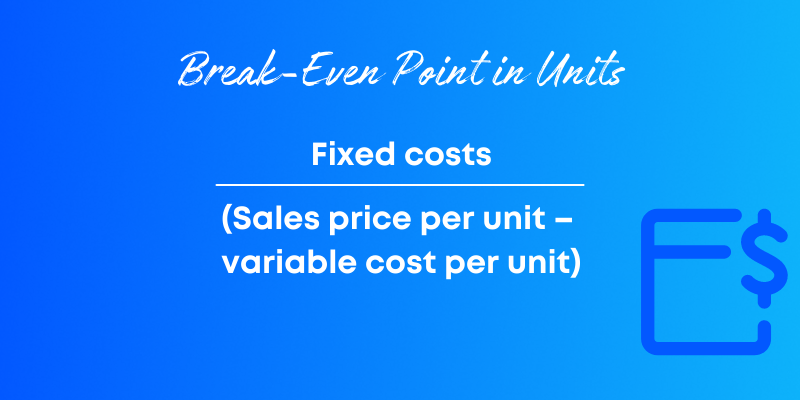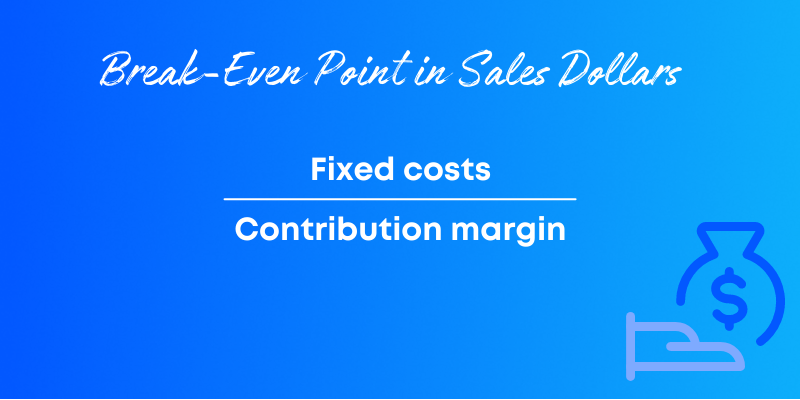Keep Reading
Improve Cash Flow,
Small Business Tips & Resources,
Auto Services Business,
Home Service Business,
Professional & Health Services Business,
Skilled Professionals,
Start a New Business
In today’s digital world, every business needs a website, and every website needs high-quality graphics and photos. Why ...
Sep 16, 2025
4 min read
Improve Cash Flow,
Small Business Tips & Resources,
Auto Services Business,
Home Service Business,
Professional & Health Services Business,
Skilled Professionals,
Start a New Business
Introduction What Are Duplicate Google Business Profiles? Duplicate Google Business Profiles occur when a single ...
Jun 21, 2024
4 min read
Improve Cash Flow,
Small Business Tips & Resources,
Auto Services Business,
Home Service Business,
Professional & Health Services Business,
Skilled Professionals,
Start a New Business
Introduction Looking for examples of websites to spark your creativity? You're in the right place. Here's what you need ...
Jun 13, 2024
4 min read






%20(1)%20(1).png?width=340&name=Group%2012%20(2)%20(1)%20(1).png)


